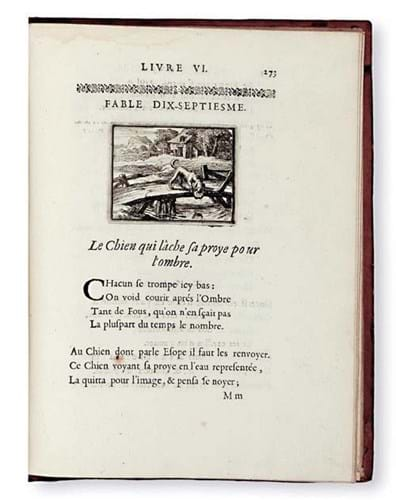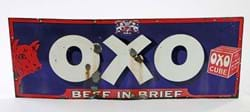
An October 16 sale held by Swann (20/15% buyer’s premium) that included this early printed copy plumped for Jean de Mandeville, but what seems certain was that the selling price of $85,000 (£64,885) was a record one.
The name Mandeville is, however, widely claimed to be a fictional creation and others, among them Jehan à la Barbe, have long been candidates for authorship.
In more recent times, it seems, a case has been made by scholars for a Flemish writer who wrote in Latin under the name Johannes Longus and in French as Jean le Long, or even Jan de Langhe.
Born in Ypres in the early in the 1300s and later a Benedictine monk in Saint-Omer, he is said to have studied at the University of Paris and become a prolific writer and avid collector of travelogues that could have been used to compile this celebrated work.
The Holy Land and routes there from Europe are the principal focus, but Asia and Africa also feature in what is reckoned to be one of the more popular and widely circulated books produced anywhere in Europe before the advent of printing. This book has been described as having “an almost continuous afterlife in print”.
The earliest recorded printed edition appeared in Holland c.1477 and the first German edition in 1480, but the New York copy was an example of the seventh German edition, one printed by Johann Prüss of Strassburg.
In a later binding, it was described as “imperfectly washed” and showing some marginal repairs, but more than 150 woodcuts feature on its 90 leaves.
Girl power
Boccaccio’s De claris mulieribus, presenting biographies of 100 famous women, from Eve to a 14th century Queen of Naples, was first printed by Johann Zainer of Ulm in 1473, but here, in a much later Zaehnsdorf binding, a first Spanish language edition of 1494 made $36,000 (£27,480).
Printed at Zaragoza, its woodcuts were those first used in a 1479 Augsburg edition. Heavily washed and pressed, it had some leaves shaved and restored.
Also sold at $36,000 was a 1668 first of La Fontaine’s Fables Choisies… Containing 124 fables, this was an issue bearing the Paris imprint of Denis Thiery, who shared the privilege, or right to print with Claude Barbin.
In a period binding of sprinkled calf gilt, it features 118 etched illustrations – that seen in the page reproduced left illustrating a fable sometimes translated into English as ‘The Dog that dropped the Substance for the Shadow’. Having seen its reflection in a pond, the dog drops its own bone because it thinks the mirrored one is larger.
Sold at $44,000 (£33,855), and again a record sum it would seem, was a very rare 1734 first in a period vellum binding of José González Cabrera Bueno’s Navegacion Especulativa, y Practica….
Illustrated with 13 engraved plates and printed on rag paper, now somewhat browned, offset and spotted, this was the first navigation manual printed in the Philippines – in Manila in 1734.














